
Ready to remove your old wallpaper? Then you are at the right place. This guide will help you to navigate the process of wallpaper removal. From steps and materials involved to practical safety and troubleshooting tips, everything you need is right here.
So, without wasting time, let’s get to it!
Safety is Key
Nothing comes before safety. This is also true when removing wallpaper. Protecting yourself is important, considering you may be dealing with lead-based paint. Lead is a toxic metal. It is responsible for many health issues in humans and animals. Headaches, irritability, and fatigue are all symptoms of lead exposure.
Best Way to Remove Wallpaper
With safety in place, the next step is to talk about the different methods of wallpaper removal. While there are many methods, this guide discusses only three. Let’s take a look at them below.
Method 1: Steam Removal
You need a wallpaper steamer for this method. A wallpaper steamer produces steam from hot water. The steam is then used to soften the glue holding the wallpaper. Before you use the steamer, check the manual for safety instructions.
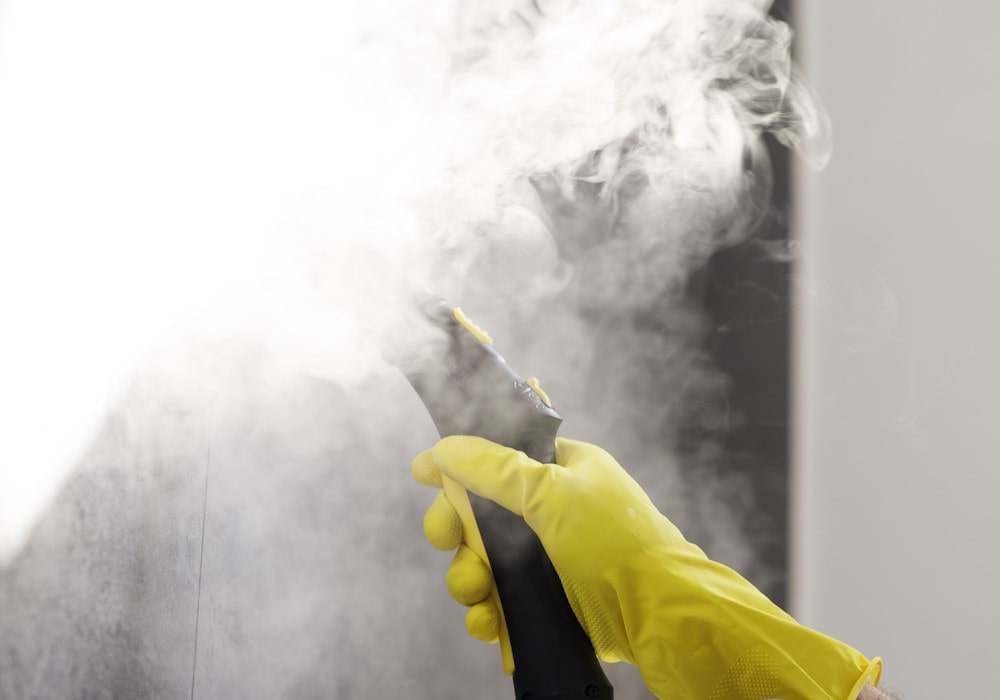
Now, plug in the steamer and turn it on. Add water to the reservoir. Wait for some time for the steamer to produce steam. Hold the steamer pad against the wallpaper for 30 seconds maximum.
Check if the wallpaper glue is soft enough to uninstall the wallpaper. If not, apply more steam. Peel off the glue using a scraper once it's soft. Do this carefully and gently so you don’t damage the wall or the wallpaper.
Method 2: Water and Vinegar
Vinegar and water mix is arguably the easiest way to remove wallpaper. The materials needed here are vinegar, warm water, and a spray bottle. Dish soap and baking soda are optional.
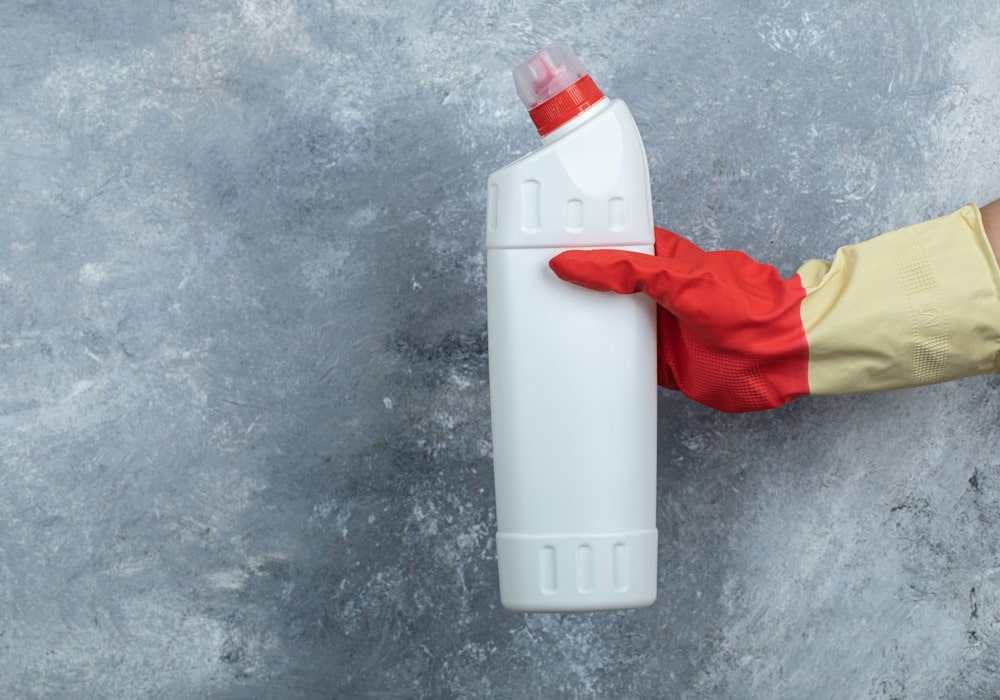
Mix equal amounts of warm water and white vinegar. Transfer the mixture to a spray bottle. You may add a few drops of baking soda or dish soap. Spray the glued area with the mixture and wait.
The glue should dissolve after 15 to 20 minutes. You can then use a scraper to peel the wallpaper gently. After removing the wallpaper, use a sponge and vinegar-water solution to wash off any residue.
Be careful not to injure yourself with the scrapper, and dispose of the scraped glue residue properly.
Method 3: Liquid Wallpaper Stripper
The major ingredient here is liquid wallpaper stripper–a chemical product that dissolves the wallpaper glue. You also need a putty knife to apply the stripper.
Start by preparing your stripper. If yours requires dilution with water, do it before proceeding. Use your putty knife to apply the stripper. Start from the top and move downwards gradually.
Leave the stripper to sit for about 15 minutes.
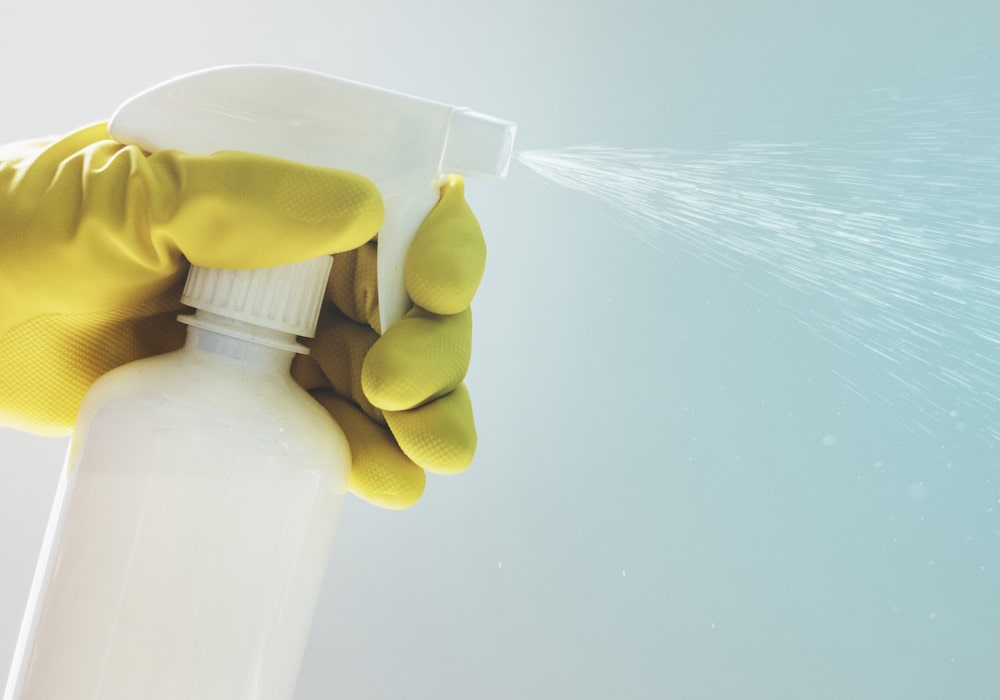
Reach underneath the wallpaper with your knife and peel it away. Do this slowly and carefully to avoid injuries or destruction to the wallpaper or wall. Your stripper should be properly stored in a cool, dry, and well-ventilated space. Like other chemical products, it must be out of reach of children.
If you have excess stripper left, dispose of it according to the instructions on the label.
Floor and Baseboard Protection
Your floors and baseboards are at risk of damage and contamination during wallpaper removal. Here are some ways to protect them:
- Cover the floor with towels, cardboard, or a drop cloth to catch wet paper and drips.
- Cover your baseboards and the lower part of the walls using a plastic sheet.
If you are dealing with https://www.wallmur.com/wallpaper/vintage-wallpaper, you need to be extra careful. These wallpapers may contain lead-based paint. Considering the toxicity of lead, you need to adhere to every safety precaution when working on how to remove old wallpaper.
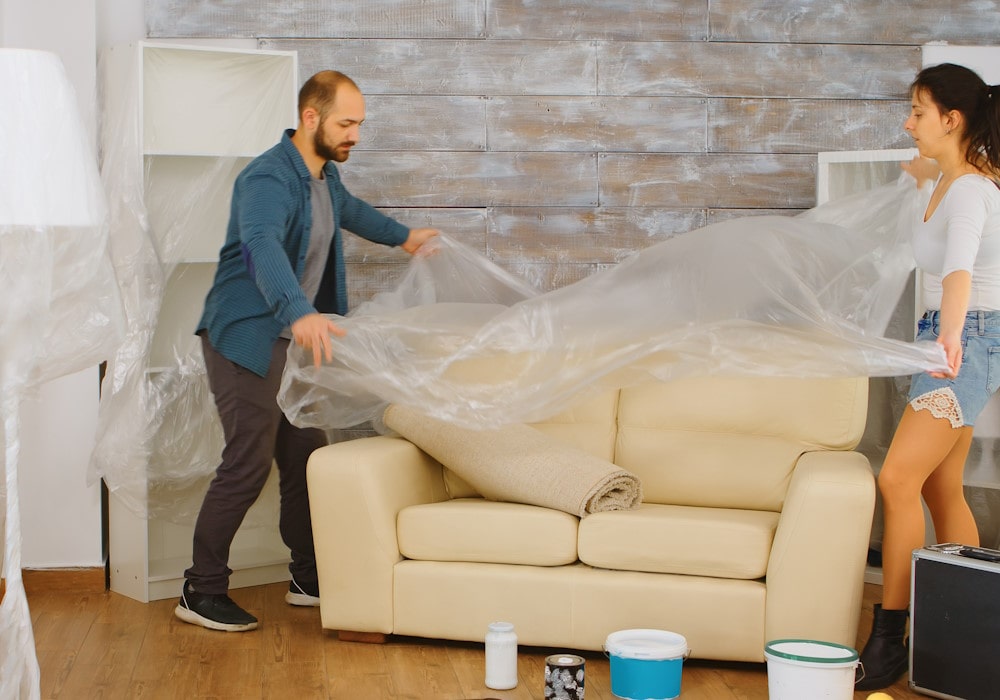
Troubleshooting Tips
Repeat the removal method if you encounter stubborn wallpaper sections. For example, score or steam the wallpaper again. It takes time to remove a wallpaper. Be ready to do it repeatedly and gently until you get the results you want.
Cleanup and Disposal
You must dispose of the removed wallpapers properly. To do this, place them in bin liners or garbage bags, seal them tightly, and label them accordingly. Do the same for your used gloves, goggles, coveralls, and other protective gear. Dispose of each group according to your local regulations.
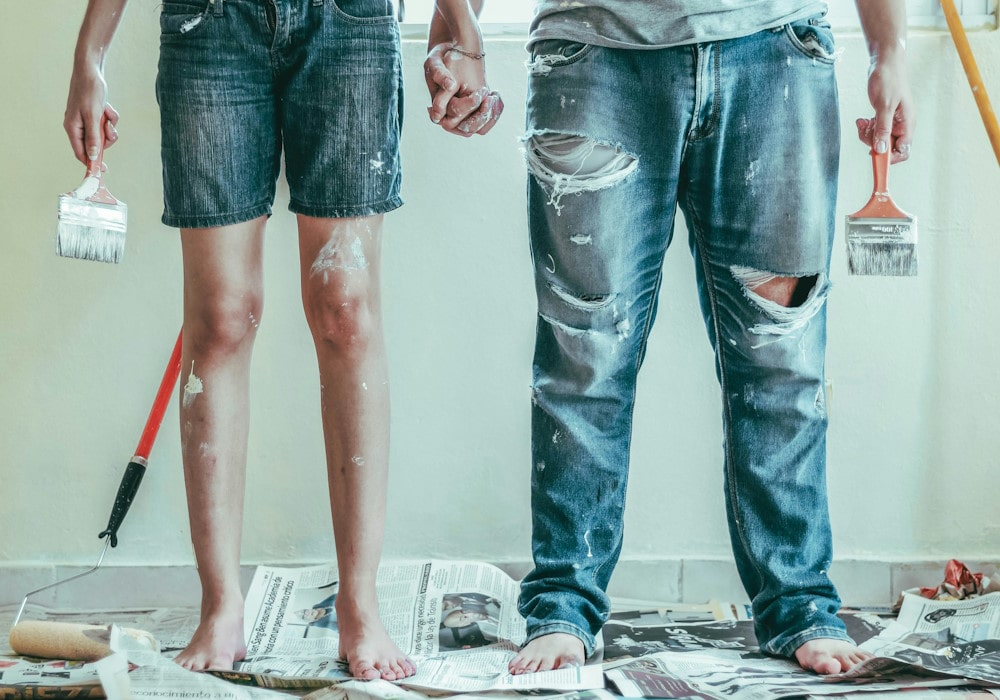
Also, clean up any remaining adhesive residue using a sponge and detergent solution. For the leftover materials like vinegar solution, wallpaper stripper, or steam water, follow the disposal instructions on their labels.
Conclusion
Overall, this article has provided methods to consider for how to remove wallpaper. The best way to remove wallpaper will be different for individuals. It all depends on personal preferences and accessible materials.
Whichever method you choose, you should know that removing your old wallpaper is doable. It only takes time and patience, but you can do it perfectly.



































